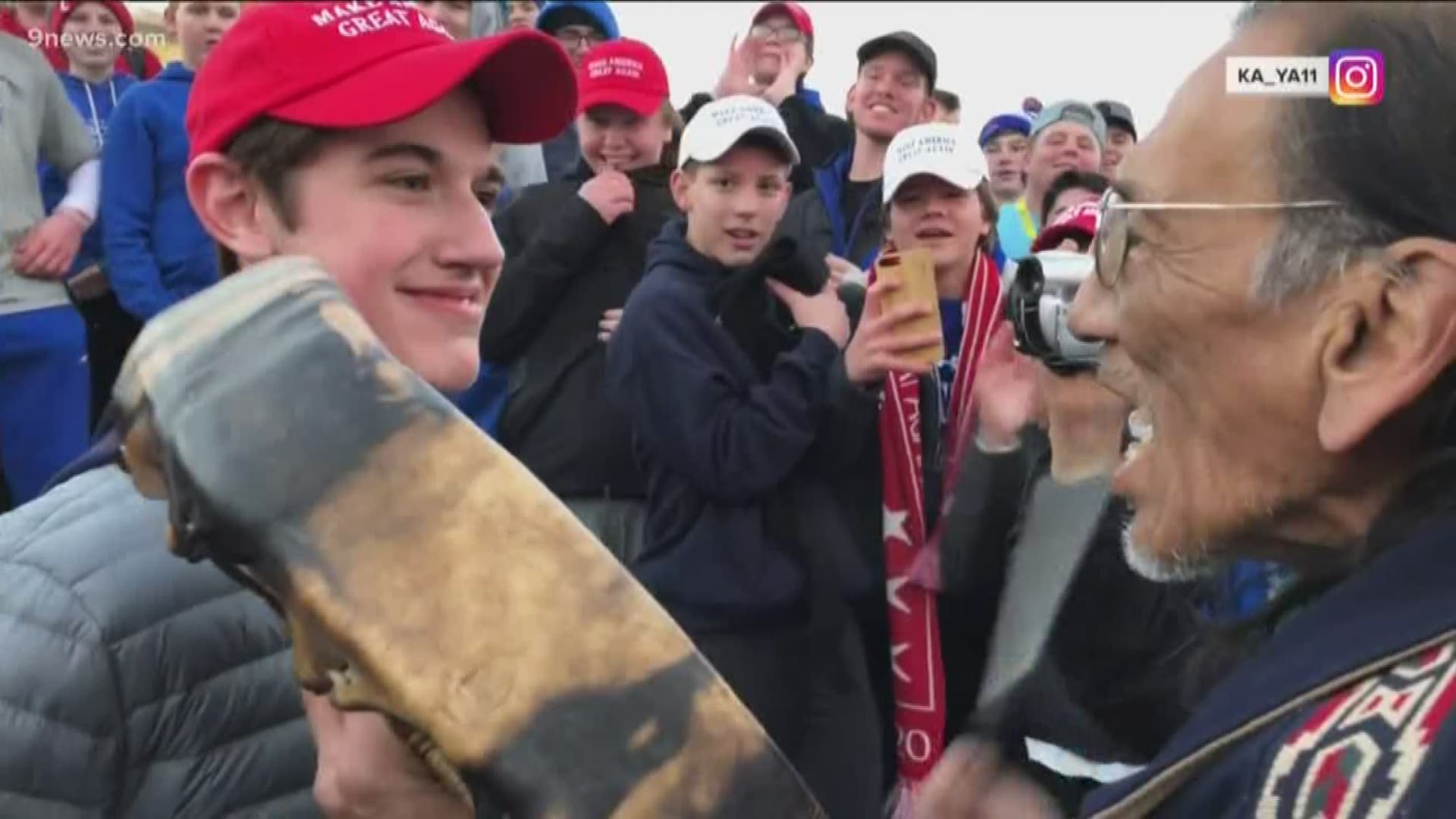![Hinkie era ends in Philly [video : 82740552]](http://videos.usatoday.net/Brightcove2/29906170001/2016/04/29906170001_4835768266001_video-still-for-video-4835749915001.jpg?pubId=29906170001)
![AP 76ERS HINKIE QUITS BASKETBALL S BKN FILE USA PA [image : 82764692]](http://www.gannett-cdn.com/media/2016/04/07/USATODAY/USATODAY/635956470532714117-AP-76ers-Hinkie-Quits-Basketball.jpg)
If you thought there was a battle royal at WrestleMania Sunday, check out the clash involving the Philadelphia 76ers right now.
Sam Hinkie supporters in one corner, and Sam Hinkie detractors in the other corner – one group is mad he resigned as Sixers president of basketball operations and general manager on Wednesday and one group is glad he did.
While the line is drawn, it’s not black and white. It rarely ever is.
It’s a debate that is not going to go away soon, and it will be resurrected in the future when Hinkie’s plan yields much better results – or when it’s clear his polarizing plan to find franchise-altering players and All-Stars through the draft didn’t work.
Hinkie’s resignation shouldn’t come as a surprise. His days were numbered when the Sixers hired longtime NBA executive Jerry Colangelo as chairman of basketball operations in December. Whether it was 30 days, 60 days, 365 days, it was the first sign that Hinkie’s power and influence were marginalized.
![Philadelphia 76ers GM Hinkie resigns; Bryan Colangelo expected to fill role [oembed : 82764542] [oembed : 82764542] [oembed : 82764542] [oembed : 82764542] [oembed : 82764542] [oembed : 82764542] [oembed : 82764542] [oembed : 82764542]](/Portals/_default/Skins/PrestoLegacy/CommonCss/images/smartembed.png)
The Sixers were hoping the partnership could work. It couldn’t and didn’t, two different philosophies at odds.
Turns out, Wednesday was the final day with Hinkie sending a 13-page letter to team owners. The letter was insightful, smart and reflective, and at times, it contained a thoughtful, reasoned explanation of why he did what he did with the Sixers.
The letter also included his resignation.
Now, the Sixers will hire Bryan Colangelo, Jerry’s son, as the head of basketball operations. That move had been in the works before this week. The younger Colangelo is a two-time NBA executive of the year who interviewed recently for the Brooklyn Nets’ GM job and talked to three other teams about front-office roles.
(It shouldn’t be lost on anyone that Colangelo admitted trying to tank during the 2011-12 season to get a better 2012 draft pick).
The Sixers were not trying to force out Hinkie, two people familiar with the situation told USA TODAY Sports. But they planned on restructuring the front-office, and Hinkie was asked to take a different role, one that did not keep him in charge of basketball operations.
Hinkie’s role would’ve been reduced, and that didn’t sit well with him. Understandable, too. Those conversations had been taking place for three months, and when it became clear the Sixers were going through with a restructuring, Hinkie didn’t see how he could be effective with the franchise.
He had tried to keep control of basketball operations, but it was a battle he wasn’t going to win. He had his plan. He wanted to see it through his way. But it wasn’t going to happen, and Hinkie was no longer going to be able to do what he was hired to do.
Intentionally or not, Hinkie and Colangelo created distance between each other. There was never much of a relationship, and Hinkie never warmed to the idea of Colangelo's involvement.
High-ranking Sixers officials are disappointed in Hinkie’s departure. They like his intellect, ideas and patience, but they also felt he needed help with basketball ops, especially in the relationship business. Opposing executives and agents had trouble reaching Hinkie, and the Sixers also wanted a more welcoming team culture.
As recently as the All-Star break, Jerry Colangelo discussed some of this with Hinkie. With that 13-page letter referencing Atul Gawande, Warren Buffett, Abraham Lincoln, Elon Musk, Bill James and Jeff Bezos, among others, Hinkie probably knew then that this day was coming soon.
Disappointed as the Sixers might be, they also had to understand Hinkie’s reluctance to stick around with a diminished role.
At the core, Hinkie’s plan has/had merit. He wanted to create a winning team with sustainability and was a devout believer in his strategy. It was unorthodox, that much he admitted, and the mounting losses frustrated fans who couldn’t see the big picture.
In his long letter to the team’s investors, he wrote, “A competitive league like the NBA necessitates a zig while our competitors comfortably zag.”
He quoted Bezos, the Amazon founder and CEO, in the letter: “There are a few prerequisites to inventing…You have to be willing to fail. You have to be willing to think long-term. You have to be willing to be misunderstood for long periods of time.”
Hinkie was all three.
For Hinkie, it was more science than art, according to high-ranking Sixers officials, and they wanted a little more art mixed in with the science. Of course, Hinkie wanted to zig. His way. There’s a place for a person like Hinkie in the NBA. It requires doing some of the things the Sixers wanted him to do – be more accessible, more expressive.
In the letter, he outlined the Sixers’ future. The Sixers could have four first-round picks in the June draft and have a 50-50 chance at two of the top five picks. They are in good salary-cap position, and if Dario Saric and Joel Embiid develop, draft well and are lucky, the Sixers can begin their climb toward the top the Eastern Conference.
Then, maybe then, Hinkie can appreciate some of the work he did with the Sixers, just as Bryan Colangelo eventually was able to enjoy the work he did with Toronto Raptors after they removed him as GM.
Hinkie might even get credit from the Sixers front office, just as Colangelo eventually got credit from a new Raptors front office.
![sports-itunes-nba [embed : 71636928]](/Portals/_default/Skins/PrestoLegacy/CommonCss/images/embed.jpg)


